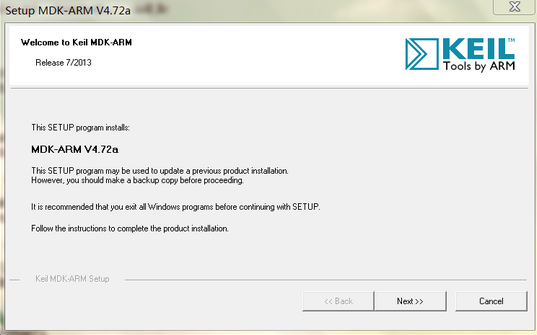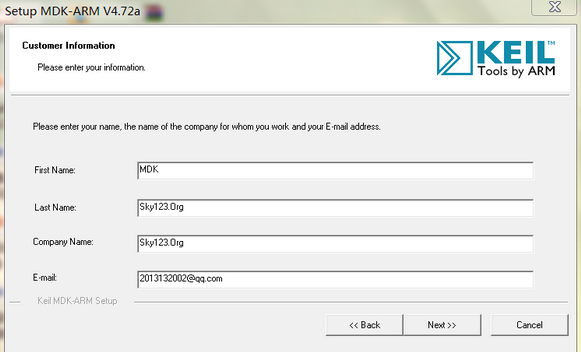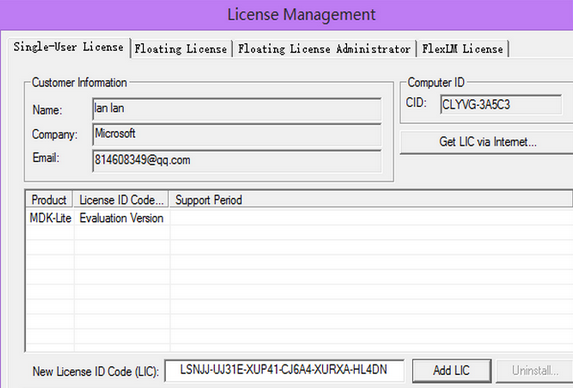流水灯:
int main(void)
{
RCC_Configuration();
RCC_APB2PeriphClockCmd(RCC_APB2Periph_GPIOC, ENABLE);
GPIO_InitStructure.GPIO_Pin = GPIO_Pin_0|GPIO_Pin_1|GPIO_Pin_2|GPIO_Pin_3|GPIO_Pin_4|GPIO_Pin_5|GPIO_Pin_6|GPIO_Pin_7;
GPIO_InitStructure.GPIO_Speed = GPIO_Speed_50MHz;
GPIO_InitStructure.GPIO_Mode = GPIO_Mode_Out_PP;
GPIO_Init(GPIOC, &GPIO_InitStructure);
while(1)
{
GPIO_ResetBits(GPIOC,GPIO_Pin_0);
delay_ms(50);
GPIO_SetBits(GPIOC,GPIO_Pin_0);
GPIO_ResetBits(GPIOC,GPIO_Pin_1);
delay_ms(50);
GPIO_SetBits(GPIOC,GPIO_Pin_1);
GPIO_ResetBits(GPIOC,GPIO_Pin_2);
delay_ms(50);
GPIO_SetBits(GPIOC,GPIO_Pin_2);
GPIO_ResetBits(GPIOC,GPIO_Pin_3);
delay_ms(50);
GPIO_SetBits(GPIOC,GPIO_Pin_3);
GPIO_ResetBits(GPIOC,GPIO_Pin_4);
delay_ms(50);
GPIO_SetBits(GPIOC,GPIO_Pin_4);
GPIO_ResetBits(GPIOC,GPIO_Pin_5);
delay_ms(50);
GPIO_SetBits(GPIOC,GPIO_Pin_5);
GPIO_ResetBits(GPIOC,GPIO_Pin_6);
delay_ms(50);
GPIO_SetBits(GPIOC,GPIO_Pin_6);
GPIO_ResetBits(GPIOC,GPIO_Pin_7);
delay_ms(50);
GPIO_SetBits(GPIOC,GPIO_Pin_7);
}
}







 我要赚赏金
我要赚赏金

